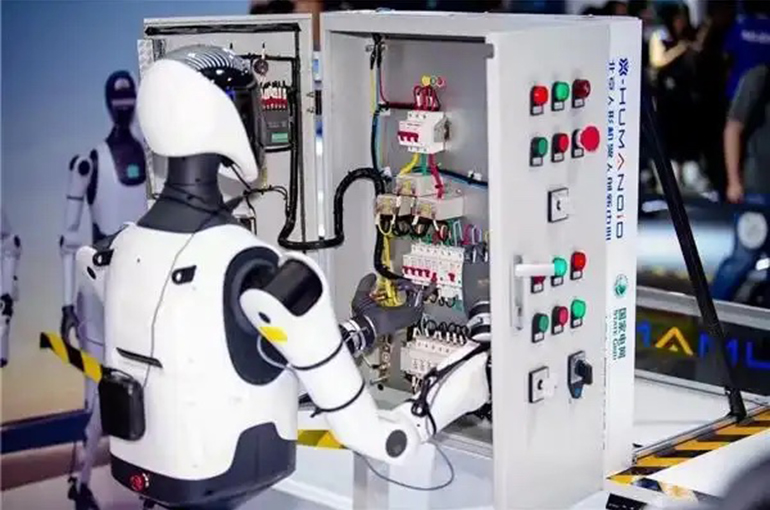 Chinese Robotics Firms Roll Out Open Platforms as Focus Shifts From Dexterity to Usability
Chinese Robotics Firms Roll Out Open Platforms as Focus Shifts From Dexterity to Usability(Yicai) Nov. 11 -- A growing number of Chinese robotics companies are launching open development platforms that allow customers to customize and enhance robot functions, as staying ahead in the market increasingly depends not on a robot’s complex moves, but on how easily users can adapt and apply the machines in real-world scenarios.
Unitree Robotics, for example, unveiled a full-body teleoperation platform for its G1 humanoid robot last week. It lets the robot replicate a wide range of human movements such as washing dishes, folding clothes and even sparring. And AgiBot launched Link Craft, the world’s first robot content creation platform with zero entry threshold, at the end of October.
“It’s getting harder to differentiate between the hardware performance of similar-sized robots,” an executive at a Shenzhen-based robotics firm told Yicai. “Users now need new reasons to choose your robot, and that means giving them tools for secondary development.”
This marks a big shift from earlier this year, when Unitree’s robot hardware products clearly led the market. “The humanoid robot industry has grown at an incredible pace over the past 10 months,” the person said.
Unitree still has a strong hardware advantage, and its new teleoperation platform could allow the Hangzhou-based company to collect large-scale, high-fidelity human motion data, he added. This data will help its robots’ artificial intelligence systems iterate faster and upgrade capabilities autonomously. This will help remove the stereotype that Unitree robots are only capable of stage performances.
Before Shanghai-based AgiBot’s platform came out, even programming a robot to perform a short three-minute dance routine could cost between CNY20,000 (USD2,820) and CNY30,000 (USD4,227) in third-party development fees, a robot rental service provider told Yicai.
Although building these development platforms requires heavy upfront investment, the long-term payoff could be substantial once enough users and data accumulate, the executive said. Revenue does not just come from software subscriptions or feature add-ons, but more importantly, these platforms help strengthen user stickiness.
In the race to build platform-based tools, the competition is not just about who iterates technology faster, it is about who can establish a truly sustainable robot ecosystem first, he added. The real challenge for companies is making sure their robots remain useful over time and enabling users to develop new applications through secondary development.
Editors: Tang Shihua, Kim Taylor